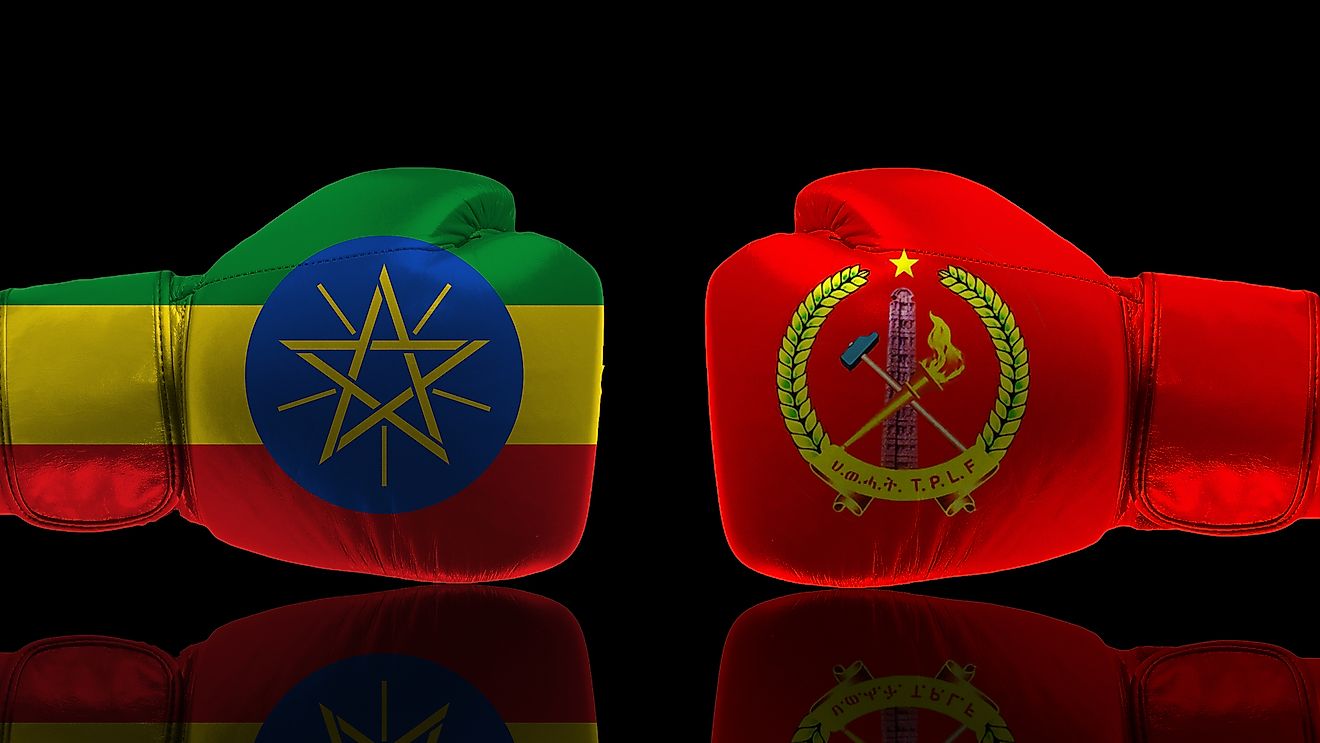What Was the Winter War?

Causes of the War
The Winter War, also referred to as the Russo-Finnish War, occurred between November 30, 1939 and March 12, 1940. It was waged by the Soviet Union against Finland three months into World War 2 due to the German-Soviet Nonaggression Pact of 1939. The Nonaggression Pact involved a secret protocol that divided East and North Europe into German and Soviet spheres of influence, with Finland falling under the Soviets. At the time, Joseph Stalin was expanding the Soviet Union and saw the need to protect Leningrad (St. Petersburg) from a potential attack from the Germans who were expanding eastwards. Finland was strategically placed to defend Leningrad and Stalin wanted to take control over the Finnish islands in the Gulf of Finland and establish a garrison of 5000 soldiers at Hanko. He also demanded that Finland surrender land along its border with the Soviet Union in exchange for land in the Soviet Karelia and the right for Finland to fortify the Aaland Islands. Finland turned down the offers by Stalin prompting the Red Army to invade Finland on November 30, 1939.
Soviet Invasion of Finland
The Soviet Union attacked Finland with approximately half a million troops on several fronts. Though outmanned and outgunned, the Finns skillfully and effectively set up a defense that held back the Soviets. The Finns, led by Marshal Carl Gustaf Mannerheim, had the advantage of fighting at home with the perfected use of trenches, field fortifications, and concrete bunkers. On other frontiers, Finnish ski troops used guerrilla tactics, particularly hit and run attacks, on Soviets units. The Soviets, not used to fighting in freezing temperatures, were easy to spot and attack. It is believed that a Finnish sniper made over 500 kills during the war. The spirited resistance of the Finns was broken when Stalin ordered massive aerial and ground bombardment of the defensive line. Massive artillery bombardment breached the Mannerheim Line in Karelian Isthmus. Overran and low on ammunition, the Finns sought help from the French and the British who refused to intervene.
Peace Negotiations the End of War
After the Soviets broke the Finnish resistance, a delegation was sent to Moscow on March 7, 1940. The Soviets, who were sure of overrunning the Finns, made further demands, taking advantage of the dire situation. Finland agreed to a peace treaty that included a cession of western Karelia and the establishment of a naval base on the Hanko Peninsula. A treaty was signed in Moscow on March 12, 1940 which brought an end to the war. The war had severe consequences on both sides with the Soviets suffering more than 300,000 and the Finns losing 65,000 which was 11% of their population.
War of Continuation
The lackluster performance by the Red Army prompted Adolf Hitler to invade the Soviet Union in 1941. The Finns later joined the Germans in fighting the Soviets in the War of Continuation. An armistice was signed in 1944 bringing the conflict to an end and the removal of all German forces from Finland. A formal peace treaty was later signed on February 10, 1947 in Paris bringing an end to the Soviet-Finnish conflict.











